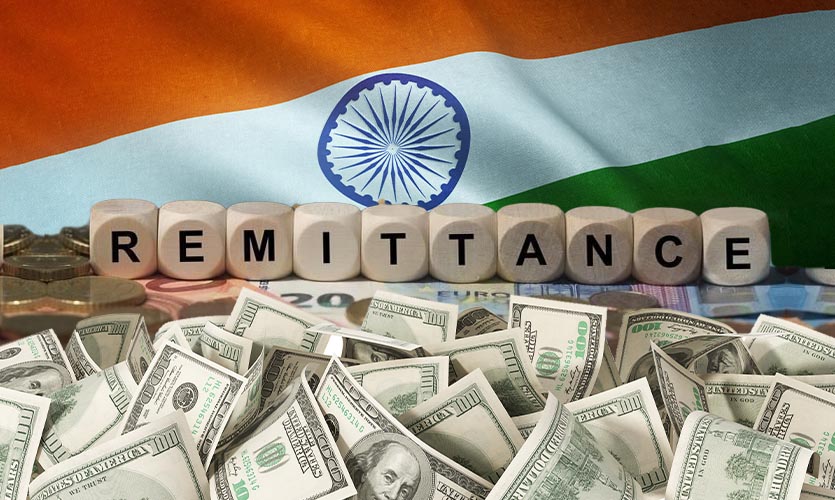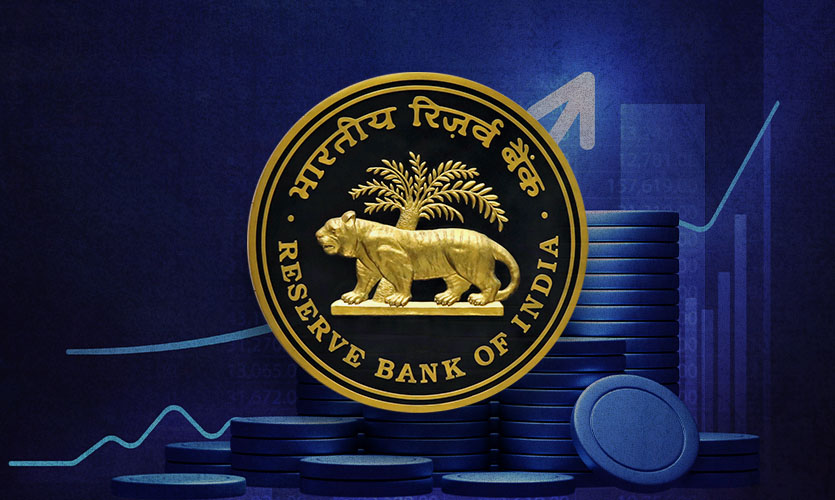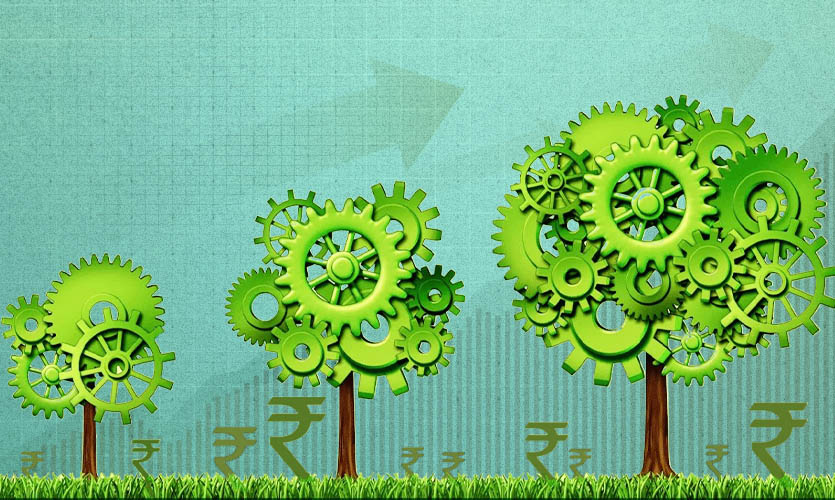According to the World Bank’s latest ‘Migration and Development Brief‘, India will receive $100 billion in remittances, in 2022, the highest amount ever received by a single nation. According to the report, remittances to India amounted to $89.4 billion last year, and are expected to grow by 12 percent in 2022.
Many reasons are cited for the increase in remittances to India, including the shift from low-skilled employment in Gulf countries to high-skilled employment in high-income countries. As per the World Bank, money from remittances is an essential source of income for low and middle-income households. It is found that remittances are associated with better health and social indicators such as higher birth weight and school enrollment.
As a result of moving to high-income nations such as the United States, the United Kingdom, and Singapore, many Indians have recently been able to send more money home. The payments make up nearly three percent of the country’s gross domestic product (GDP). The BBC has reported that the rise is also due to higher wages and a robust labour market in the US and other developed nations.
According to the report, India is followed by Mexico, which is expected to receive $60 billion in remittances, while China is expected to receive $51 billion.
Reportedly, a Reserve Bank of India survey noted that between 2016-17 and 2020-21, the share of remittances from the United States, the United Kingdom, and Singapore increased from 26 to over 36 percent, while the share from the five Gulf countries (Saudi Arabia, the United Arab Emirates, Kuwait, Oman, and Qatar) dropped from 54 to 28 percent.
Gulf nations continue to contribute in terms of remittances, with the report suggesting that COVID-19 vaccinations and opening borders for travel helped more Indian blue-collar workers to return to work. Indian migrants were able to increase remittances due to higher oil prices, reducing the impact of India’s record-high inflation on their families’ real incomes, according to the report. In addition, the report speculated that Indian expats may have increased remittances by taking advantage of the rupee’s depreciation. According to estimates, remittances in low and middle-income countries will increase by five percent by 2022, to $626 billion.
Globally, remittances may suffer in 2023 as a result of the war in Ukraine, volatile oil prices, and the recession in advanced economies. Due to an end to government incentives started during the COVID-19 pandemic, there are other countries in South Asia that have seen a decline of more than 10 percent in the last year.
According to the World Bank report, remittances to South Asia are expected to increase by 3.5 percent to $163 billion by 2022, but there is a wide disparity between countries, from India’s projected 12 percent increase to Nepal’s 4 percent increase, and decline of 10 percent for the remaining countries in the region.
Overall, remittances to low and middle-income countries grew in 2022 to around $626 billion (£510 billion), but at a slower rate than in 2021. As a result of rising prices and a slowdown in global economic growth, 2023 will likely be more challenging.
Read more: India Stands Out While Major Nations Face Economic Downturn










